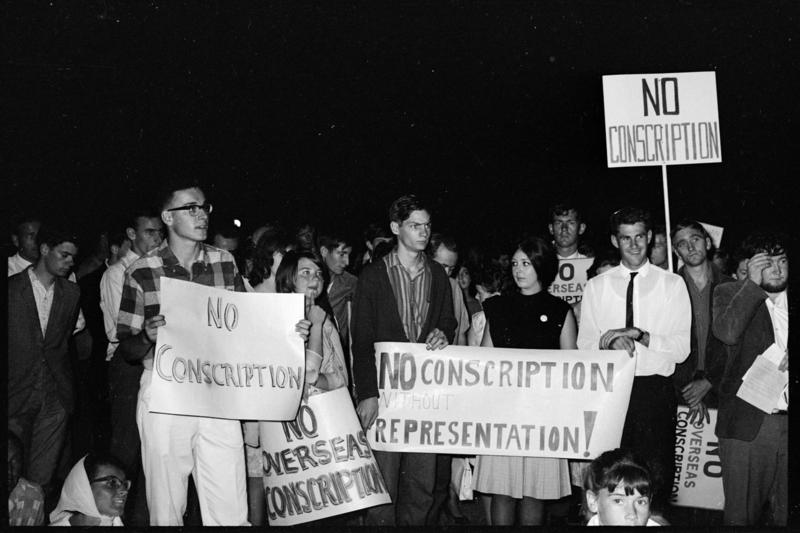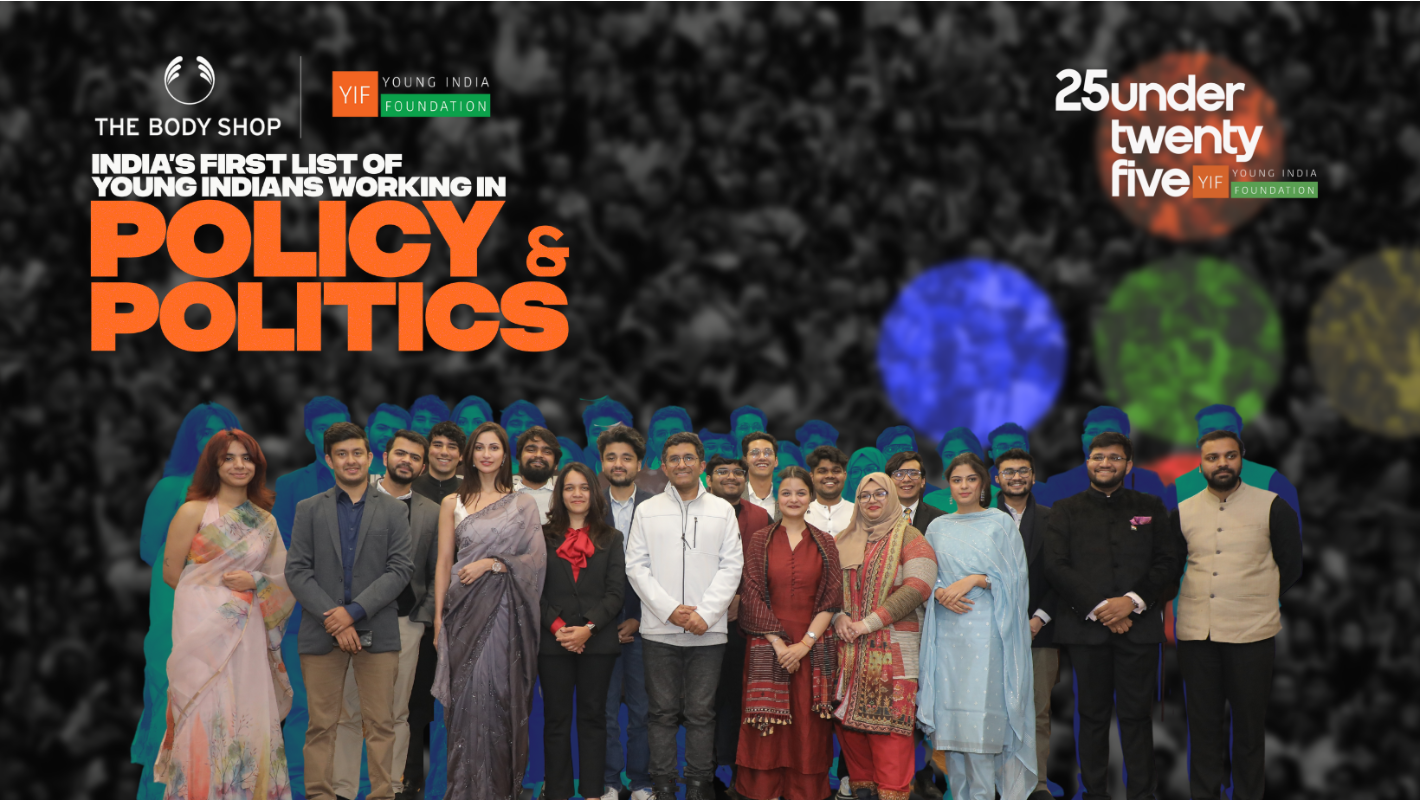Forced conscription is defended in the name of national unity, security, and discipline in youth. However, critics argue that it is an abrupt detour from personal development, unnecessarily exposing young adults to rigid hierarchies and authoritarian structures. This piece explores the hidden consequences of youth conscription - ranging from educational, psychological and health impacts to human rights violation and urges a critical reassessment of whether such practices are sustainable or do more harm than good.
Conscription shapes the lives of millions of young people across nations, often through adverse consequences. In over 60 countries, conscription is imposed on citizens right as they attain majority.This involves the imposition of physically and mentally dehumanising settings. It disrupts educational aspirations, delays career paths, and inflicts long lasting psychological stress. Moreover, various human rights violations frequently occur in nations with forced conscription and ongoing conflicts.
Conscription around the world: Who Does It Impact?
Conscription is defined as “the act or process of forcing people by law to join the armed services.” The use of the word “forcing” reflects a stark reality that those conscripted do not choose that path willingly. As reported, a total of 66 countries impose mandatory military services on their citizens typically within the 18-28 age group, lasting from one year to three years.
In Russia, men aged 18-30 must serve in the military for 12 months. Avoiding service can lead to a fine, correctional labour, or imprisonment for up to two years. This is intensified under the ambit of Federal Law No. 127-FZ which states that once a Russian citizen receives a military summon electronically, they are barred from leaving the country.One such instance is that of a 32-year old man who refused to sign his draft notice and was prosecuted on charges of draft evasion. He was detained by the police and faced up to two years in prison along with a fine of 200,000 rubles. This example also depicts the accelerated conscription in Russia in light of the Ukraine conflict.
Similarly, in South Korea, men aged 18 -35 are forced to serve in the military for 18 - 21 months. Conscientious objectors are often assigned to the country’s prison system for a period of three years, where they are required to perform alternative services such as laundry work, kitchen duties, and occasional administrative tasks under strict curfews and no personal freedom. According to an article, As of June 2022, around 900 men were undergoing alternative placement with another 1,485 awaiting. Another article highlighted the persistent issue of harassment within the South Korean military. Moreover, it was revealed that as many as 13,000 suicides in Korea have been directly attributed to military service.
Such instances are commonplace and they are a part of a growing pattern of coerced conscription which is backed by punitive measures in several countries including Brazil, Iran, Turkey, Thailand, Ukraine, Venezuela, Israel and Singapore to name a few.
Coerced Conscription of Children in Conflict Zones : Blurred line between Law and Human Right Violations
In conflict-affected regions, coerced conscription among children remains a deeply entrenched issue. While some governments enforce conscription under the guise of national security, many such practices blur the line between lawful duties and clear violations of international humanitarian law (IHL). Among minors, marginalised groups, and young adults, compulsory military service denies autonomy and perpetuates the cycle of enduring legal, psychological, and societal harm.
The Optional Protocol to the Convention on the Rights of the Child on the involvement of children in armed conflict prohibits the recruitment of underage children into combat roles. Yet, in multiple conflict zones child conscription remains rampant, often due to poverty, threat, and indoctrination. After the 2021 coup in Myanmar, the forced drafting of underage children and ethnic minorities has increased dramatically through threats and manipulation. The UN Secretary reported 2,138 grave violations against children in armed conflict, with verified recruitment of 482 children by Myanmar armed forces .
The threat, however, extends far beyond Myanmar. According to the UN Children and Armed Conflict Report ,7,402 children were conscripted in armed groups ,with the highest numbers being in the Democratic Republic of the Congo, Nigeria, Somalia, the Syrian Arab Republic, and Myanmar, reflecting the sheer scale of the crisis.
Academic Discontinuity and Occupational Setbacks in Conscripted Youth
Compulsory service for many means immediate withdrawal or delay in formal education and exposure to an entirely different world, derailing future plans of the individual resulting in adverse effects on future prospects and academic progression. This causes the impact of coerced conscription to extend far beyond the individual- disrupting entire families, halting future aspirations, and instilling a pervasive sense instability within oneself and others. The uncertainty surrounding the whole process adds another layer of burden to an already unsettling transition.
The time spent in service can significantly undermine academic motivation and rigour. Students often face problems reintegrating into old academic habits, struggle with revised curricula and financial constraints upon returning.A study shows that mandatory military services decrease university graduates by 1.5% and reduces the probability of obtaining a university degree by 4% . Some findings also indicate that conscripts with low education face higher PTSD risks compared to their peers with higher education.
Conscription doesn’t just affect education, it hinders entry into workforce for many youths as well. The years spent in conscription are not counted as workplace experience in professional settings which further creates a noticeable gap in employment and can diminish future career prospects.
As a result, many young individuals are forced to take up a low-skill or a job unrelated to their interest mainly to regain financial independence, abandoning their aspirations and pursuits leaving a deep psychological impact.
The economic ramifications of coerced conscription manifest in long-term disparities in earnings and career progression. According to a study, conscripts earned approximately 3-4% less annually than their non conscripted peers with average societal wages lowered by 1.5 %. Average man in the study’s sample served as conscripts almost 18 years ago, further suggesting the long lasting negative effects of military service.
Multidimensional Health Outcomes Associated with Conscription
Conscription during formative years has significant negative effects on the mental health and social wellbeing which can extend far beyond the conscription period. According to Eric Erikson’s stages of psychosocial development , young adults seek deep personal connections i.e. romantic relationships and strong friendships. Successfully navigating this stage results in a stable psychological state and a sense of belonging. However, being forced into services can make the individual feel exceedingly disconnected, leading to issues of lifelong isolation, depression and suicide.
Unexpected confrontation with military environments and sudden combat can trigger severe psychological conditions like Combat and operational stress reactions (COSRs) and post traumatic stress disorder (PTSD). DOD Instruction manual defines COSR as “the physical, emotional, cognitive, or behavioural reactions, adverse consequences, or psychological injuries of Service members who have been exposed to stressful or traumatic events in combat or military operations.” Individuals affected are characterised by extreme highs or lows in physiological functions and cause moderate to severe impairment which last hours to even a few days. PTSD is caused by an extremely stressful or terrifying event. These memories are accompanied by intense fear and are recollected through intrusive memories, nightmares or flashbacks. Key conclusions indicate that PTSD in conscripts is long lasting and prone to relapse overtime leading to an increased risk of substance abuse and other psychological disorders in the years following service.
The loss of personal freedom, constant surveillance and harsh routines can also trigger anxiety, stress, sleep disturbances and adjustment disorders. Prolonged exposure to such environments can also contribute to the development of anxiety and depressive disorders. A cross sectional study evaluating Iranian conscripts found that 35.2% conscripts were at a risk of psychiatric morbidity with 54.2% at risk of social dysfunction, 38.5% conscripts showed clinical symptoms of anxiety and insomnia, 30.6% suffered from somatic symptoms, and 20.9% were at a high risk of severe depression. Alarmingly, more than 1/3rd of conscripts were psychologically distressed within just 4 weeks of military training. Younger conscripts and individuals with lower education were at a significantly higher risk of mental health problems. Forced conscription is also linked to maladaptive behaviours such as engaging in smoking and alcohol abuse even years after they are discharged as a method of coping with stress and structure of military life.
Conscription also comes with considerable physical demands. Intense physical training with heavy gears and weapons in obstacle courses and strength building exercises results in frequent injuries, particularly common in those individuals who are physically unprepared before enlistment. A study analysing conscripts revealed a striking incidence rate of injuries i.e. 14.1 per 100 recruit months , with lower limbs ( 69%) and back (25%) being the most commonly affected region. Notably, 74% of the injuries were directly linked to organised service activities with marching alone accounting for 38% of the reported causes. Additional findings demonstrate that the physical conditions of conscripts were far worse compared to individuals with no military experience with a decline in health status between 3.5% and 12% relative to the average. Importantly , these negative effects are not short lived and adverse health effects may persist for up to a decade after finishing service, independent of age-related health changes.
Conclusion
The system of conscription , which intended to bring discipline, unity and a sense of patriotism is contributing to multifaceted degradation of young lives, and in the long run, of the nations. Educationally and professionally , mandatory service disrupts academic goals and development. Psychologically, the toll of forced service manifests itself as stress, anxiety, depression and emotional instability which long lasting effects. Physically, the intense routine and environmental hardships can lead to health deterioration and long term strain. A world that is striving towards democratic values and human dignity, the practice of conscription must be critically re-examined. Protecting the country’s youth from forced enlistment is not only a legal obligation but a moral imperative.
Image Source : Wikipedia Commons




 (15).png)
